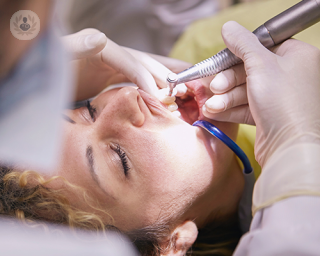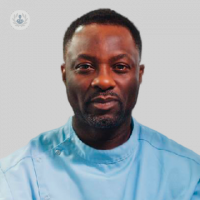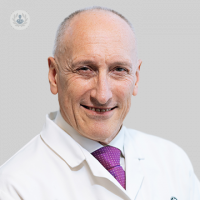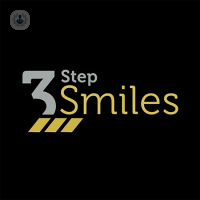Tooth restoration
Mr Peyman Alam - Oral & maxillofacial surgery
Created on: 11-13-2012
Updated on: 04-28-2023
Edited by: Aoife Maguire
What is tooth restoration and what is it for?
Tooth restoration consists of replacing or repairing teeth, bone or tissue.
Tooth restoration is indicated for problems with damaged or worn teeth and for treating TMJ disorder (a condition of the jaw joint that causes head and neck pain and sometimes a popping sound when chewing).
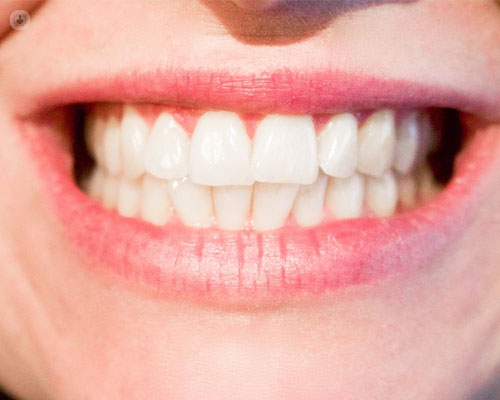
What kind of tooth restoration techniques are there?
In cases where tooth deterioration is severe, a complete oral reconstruction may be carried out by combining aesthetic and neuromuscular dentistry techniques.
In addition, orthodontics can be used to correct defects in tooth alignment and for subsequent dental restoration using porcelain veneers, composite veneers, dental crowns, bridges, implants and inlays.
Post-treatment care
It is normal to feel some pain or discomfort after tooth restoration. The specialist may prescribe painkillers and anti-inflammatories to help reduce swelling. You will also feel the effects of the anaesthetic for a few hours afterwards. However, swelling usually subsides within a day or two.
The specialist may suggest following a liquid diet for a week or two, to avoid putting pressure on the new tooth until the body has fully accepted it and its survival is guaranteed. They may also recommend using a special mouth rinse for a while, to prevent bacteria and other germs in the mouth from penetrating the reconstructed tooth. The specialist will tell you which rinse to use and for how long.
Lastly, you should visit your dentist regularly to have them evaluate the recovery process. These routine check-ups are important, since the tooth restoration may cause problems if something that needs to be corrected is left uncorrected.



